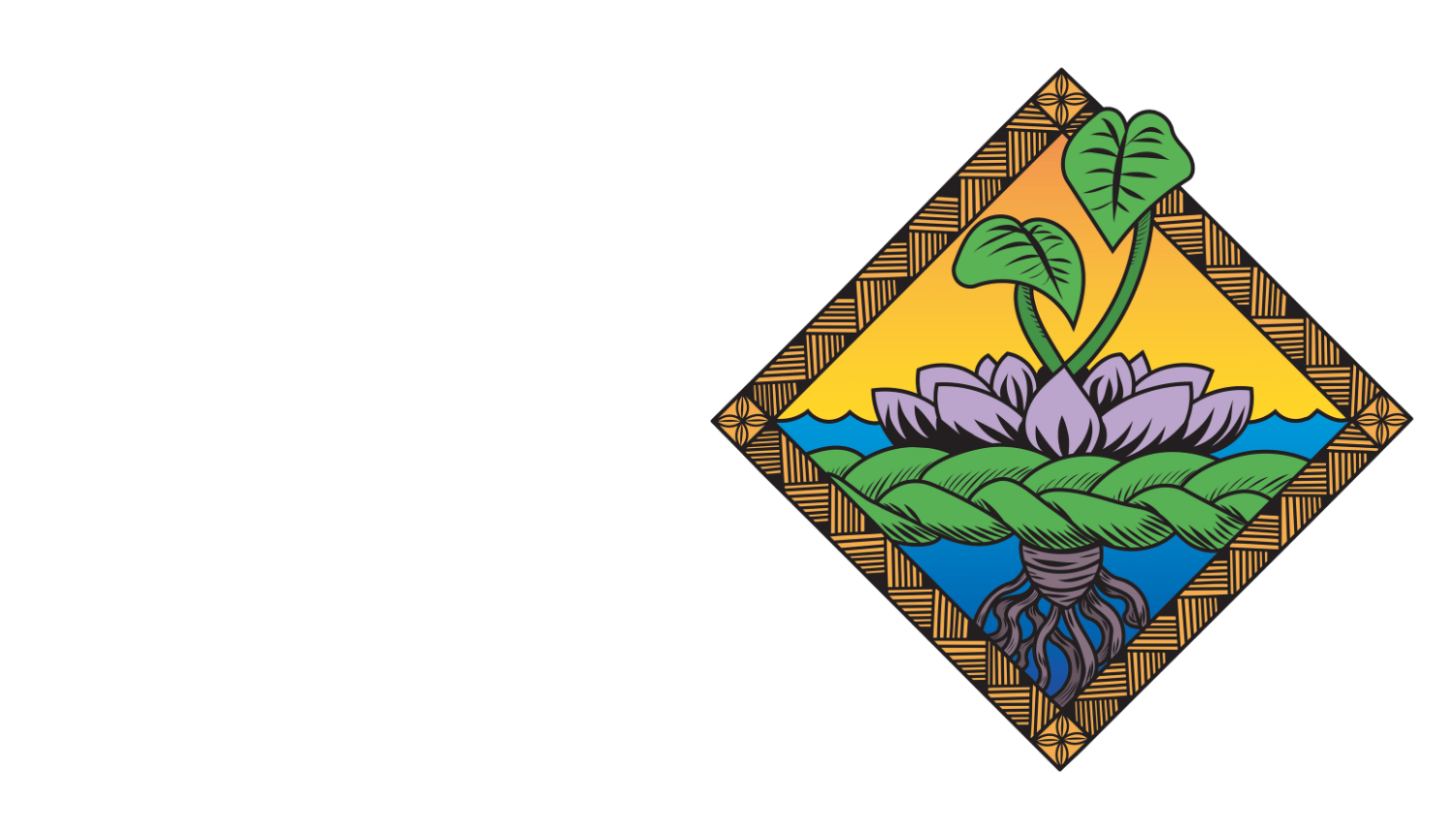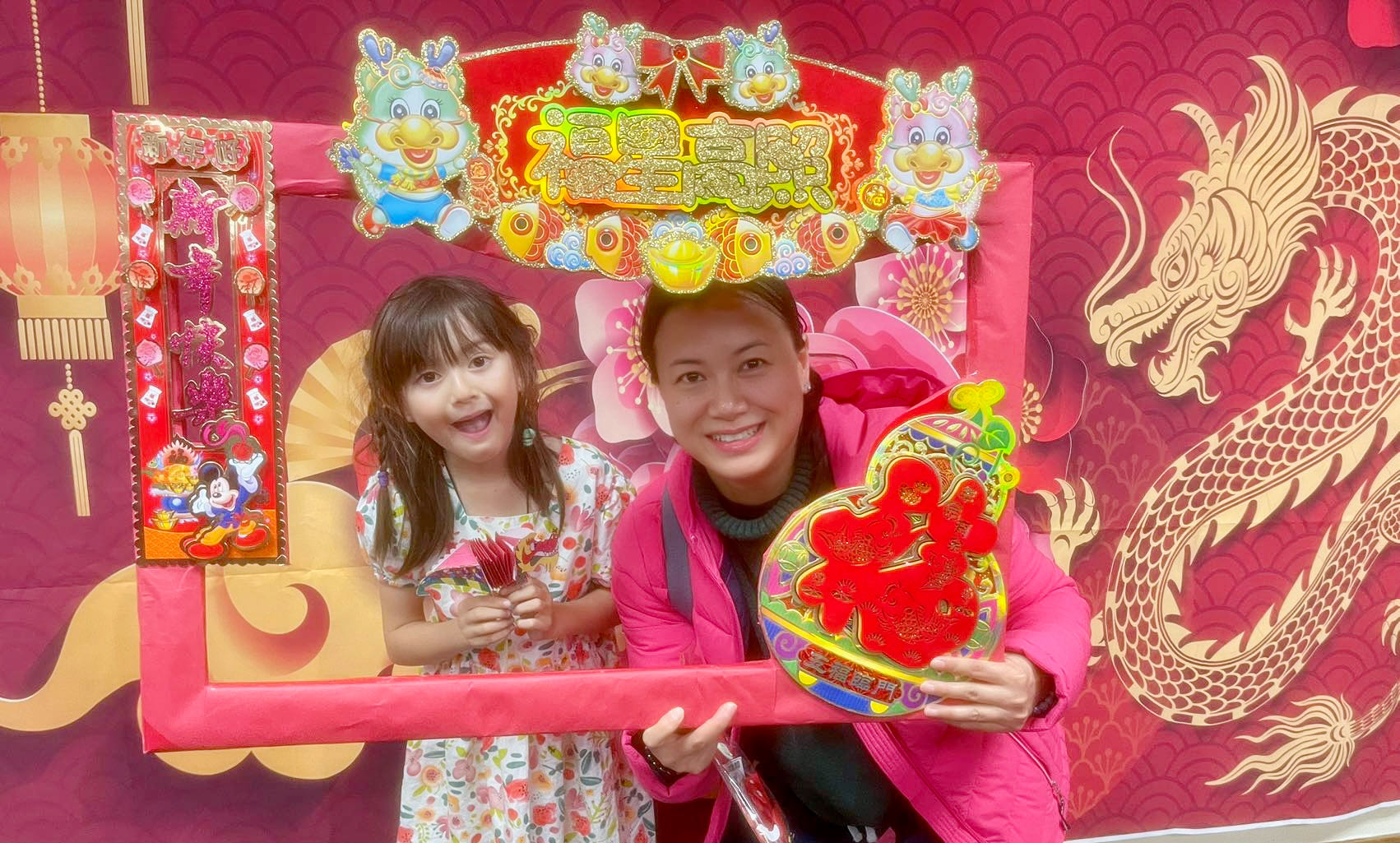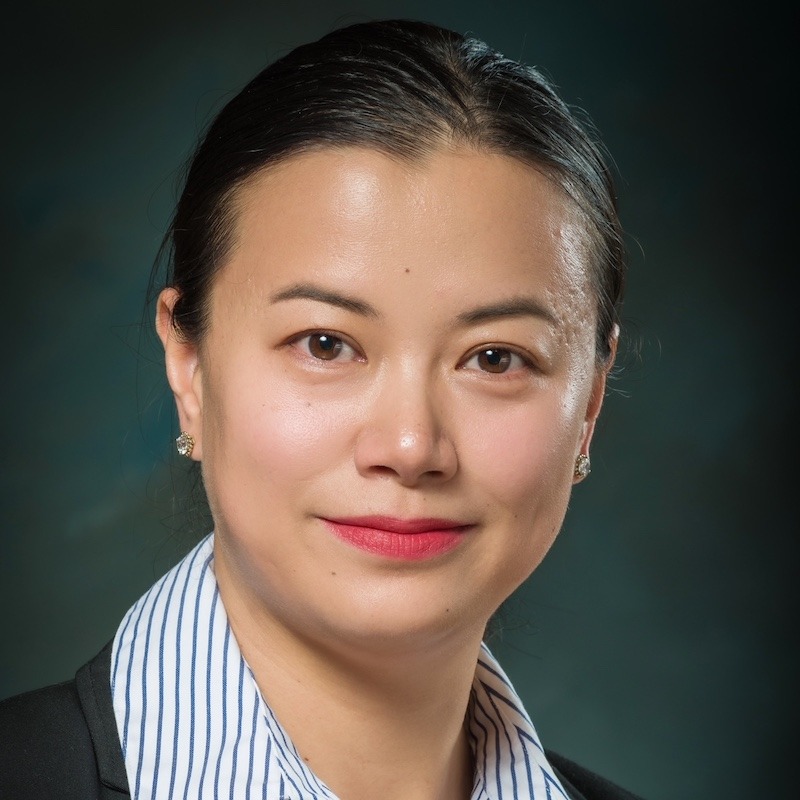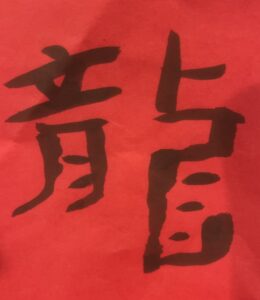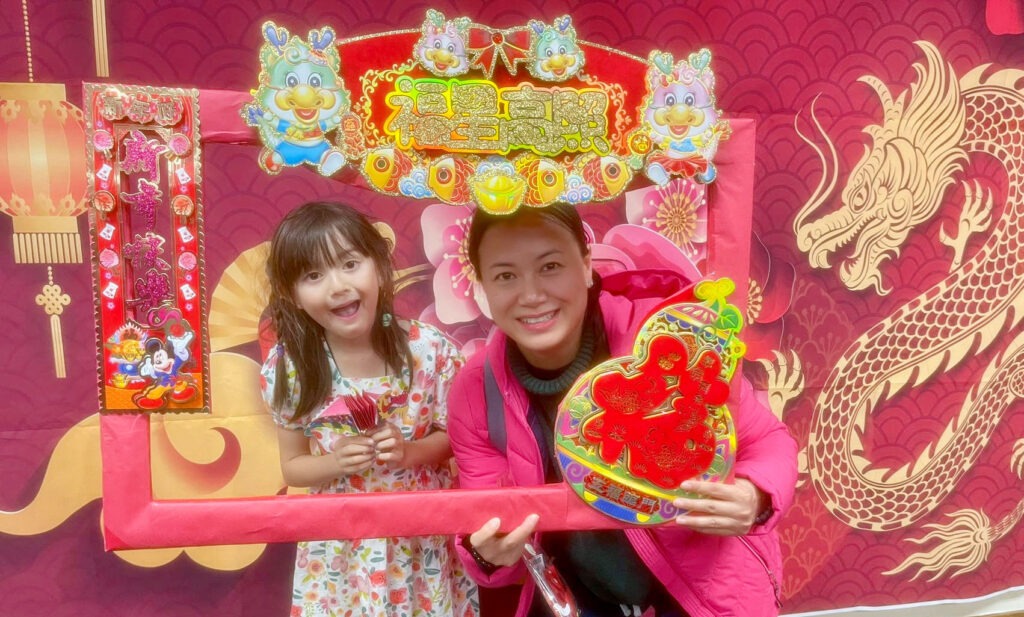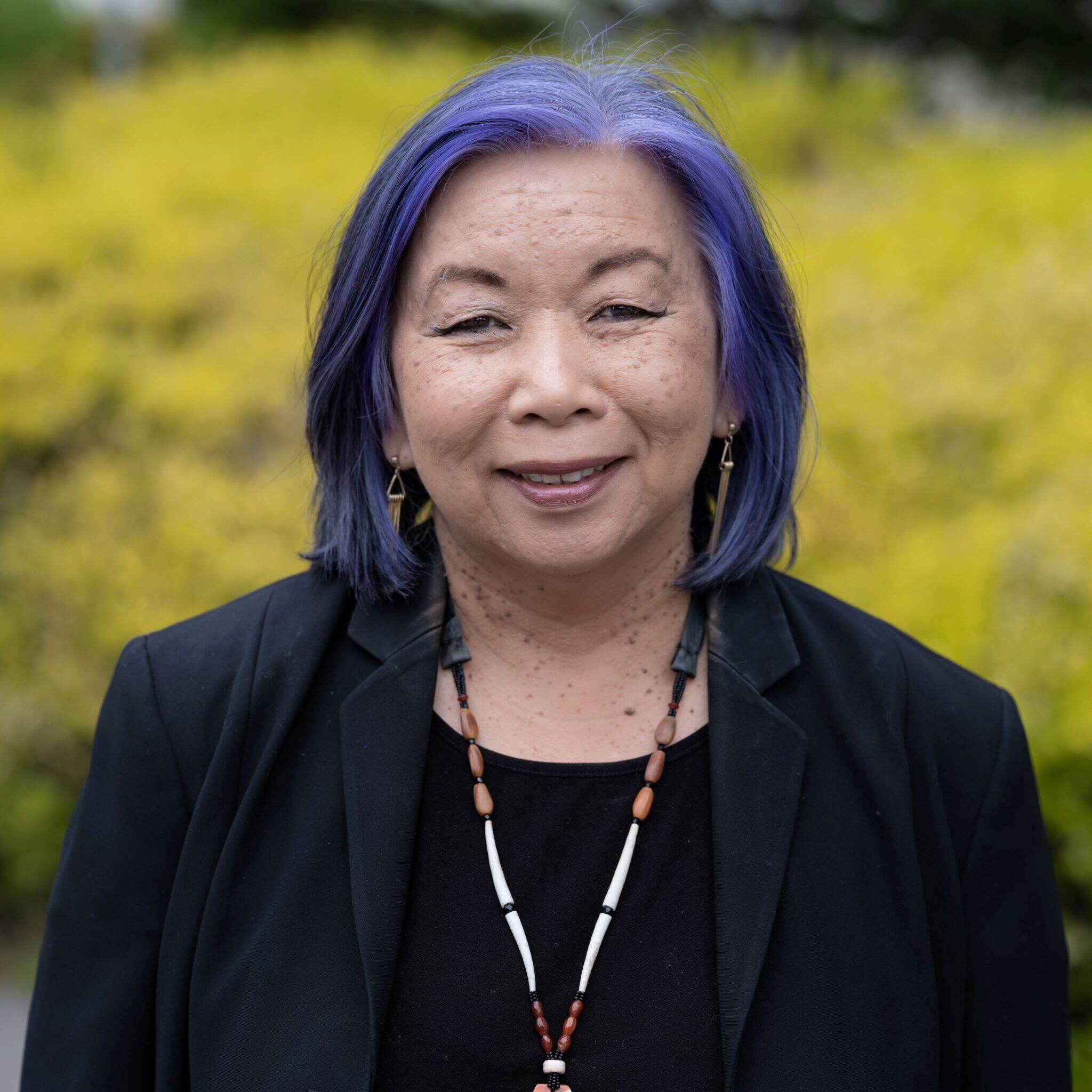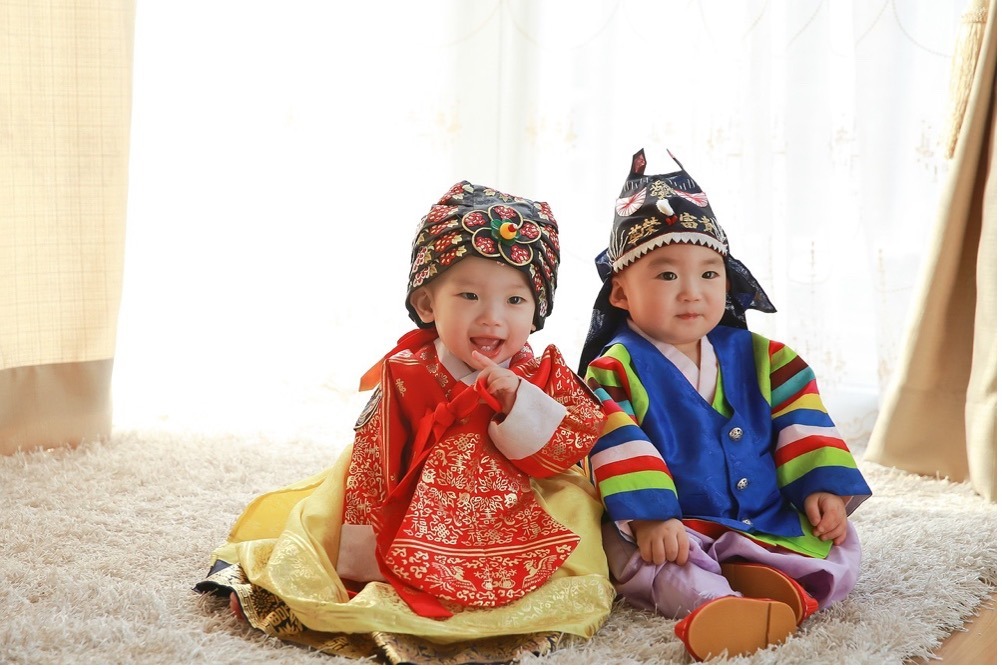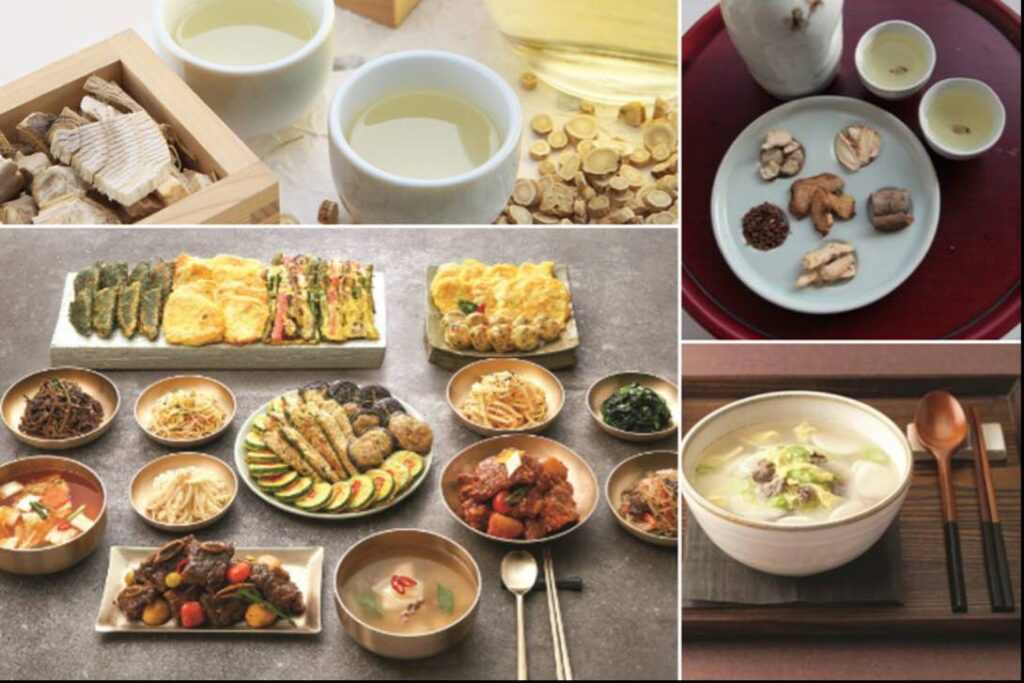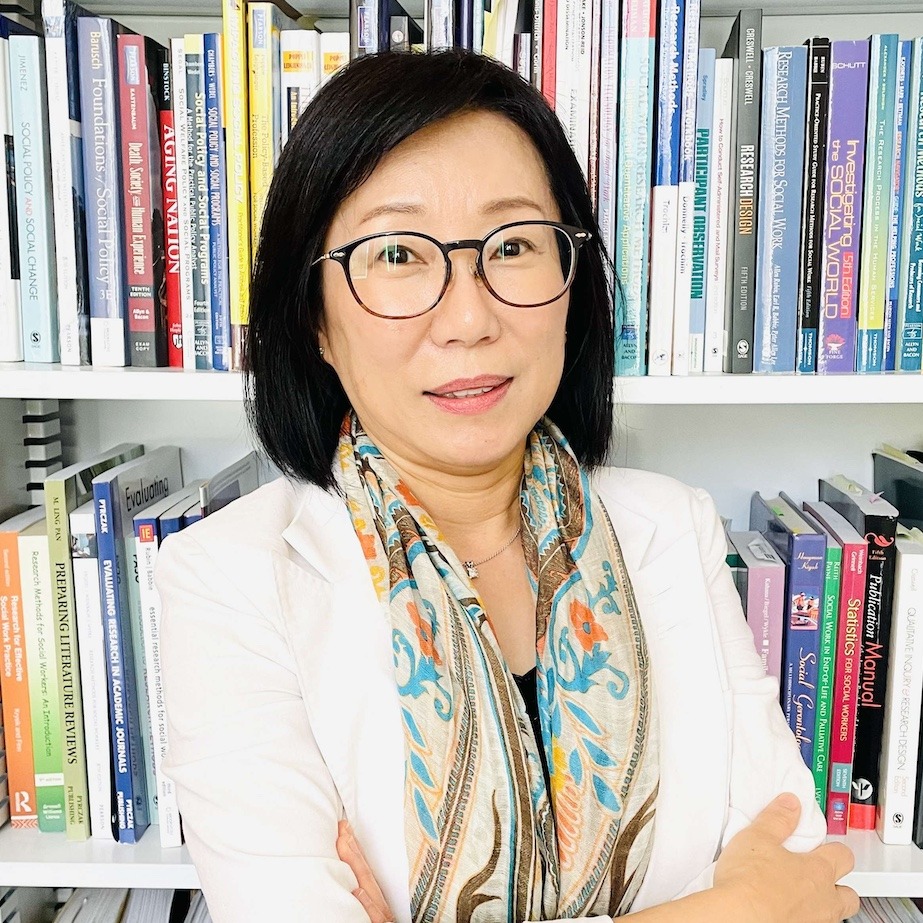The Festival of Pacific Arts & Culture (FestPAC) is the world’s largest celebration of indigenous Pacific Islanders. The South Pacific Commission (now The Pacific Community – SPC) launched this dynamic showcase of arts and culture in 1972 to halt the erosion of traditional practices through ongoing cultural exchange. The 13th Festival of Pacific Arts & Culture, will convene in Hawaiʻi, 6–16 June 2024. “Ho‘oulu Lāhui: Regenerating Oceania” will serve as the theme of FestPAC Hawaiʻi 2024, honoring the traditions that FestPAC exists to perpetuate with an eye toward the future.
East-West Fest: Celebrating Cultures
East-West Fest is an annual celebration of the many culturally diverse communities that make up the East-West Center ‘ohana and the Honolulu community.
The Fest is a student-led event supported by the East-West Center Education Program, other Center staff, and the Friends of the East-West Center.
This family friendly community event is free and open to the public.
At the Fest, cultural booths and live performances spread across the vast sheltered lanais of the Center’s international conference center at Jefferson Hall with special events happening at the East-West Center Gallery and the Japanese Tea House.
Live performances by student and community groups are a highlight of the Fest! While the yearly line-up varies, past performances have included taiko drumming, Pacific dance traditions, Indonesian music, break dancing, classical Indian dance, Brazilian ensembles, Filipino music, Okinawan lion dancers, American folk and blues music, an international fashion show and more.
Cultural booths staffed by students and community members represent a diverse variety of cultural and national groups from across Asia, the Pacific, the United States and beyond. The engaging hosts of each booth present cultural artifacts, games, traditional dress, activities, music, and more!
The East-West Center Gallery will be open to the public with its current exhibition on view and interactive art-making activities available.
Food trucks are on hand to keep festival goers energized and satisfied.
THIS EVENT IS FREE!
Burmese History, Cultural, and Mental Health Support
For several decades dating back to the 1940s to present-day Burma has been suffering numerous conflicts such as wars and coups within the country causing uprising tension and problems for the people young and old fearing for safety, not being able to live flourishing lives whether it’s obtaining everyday resources, bringing in a good amount of income and opportunities and also children lacking education as it comes in the lowest forms of qualities. Due to these issues naturally, people seek safer lives for themselves and their families. These people have no choice but to flee with nothing on them to neighboring countries such as Thailand, China, and India. Some can go to third countries such as the United States, Canada, Australia, etc., When these people arrive here, they are faced with many new problems that are quite different from their homeland. They are faced with a language barrier; it is a huge adjustment as they leave everything they know behind.
Burmese refugees and immigrants must take the blocks and rebuild a new life here and learn all about the U.S. system and laws thus we feel the need to help all these people learn to adjust well and maneuver around the trauma. The Burmese Community Services was established in 2013, Buffalo NY as a nonprofit organization and a Certificate of Incorporation with the Department of State to exactly assist this growing community providing resources and services such as interpretation, assisting with housing, health care projects, funeral services, education, transportation, food and consumers, labor and employment opportunities and much more.
What will participants learn?
- A deeper dive into the benefits our organization has to offer
- The history, traditions, and rich culture of Burma
- Different ethnic groups and languages spoken
- A deeper understanding of specific social issues and problems regarding Burmese refugees and immigrants
Who is this workshop for?
- This is for all service providers and researchers including government agencies.
Looking to receive continuing education contact hours?
Papa Ola Lōkahi (NASWHI-CEP-13) has been designated an approved provider of social work continuing education contact hours by the National Association of Social Workers Hawai’i Chapter. The Papa Ola Lokahi maintains responsibility for the program. This program is approved by the State of Hawaii Department of Health’s Alcohol and Drug Abuse Division (Approval# ADAD-24-085) for up to 1.5 contact hour(s). NOTE: Participants are responsible for submitting proof of attendance to their respective certification or licensing board. ʻOhana CoE & Papa Ola Lōkahi do not submit this information on behalf of training participants.
Participants will receive a link to verify attendance at the end of the workshop.
Download the Burmese Community Behavioral Health Survey

